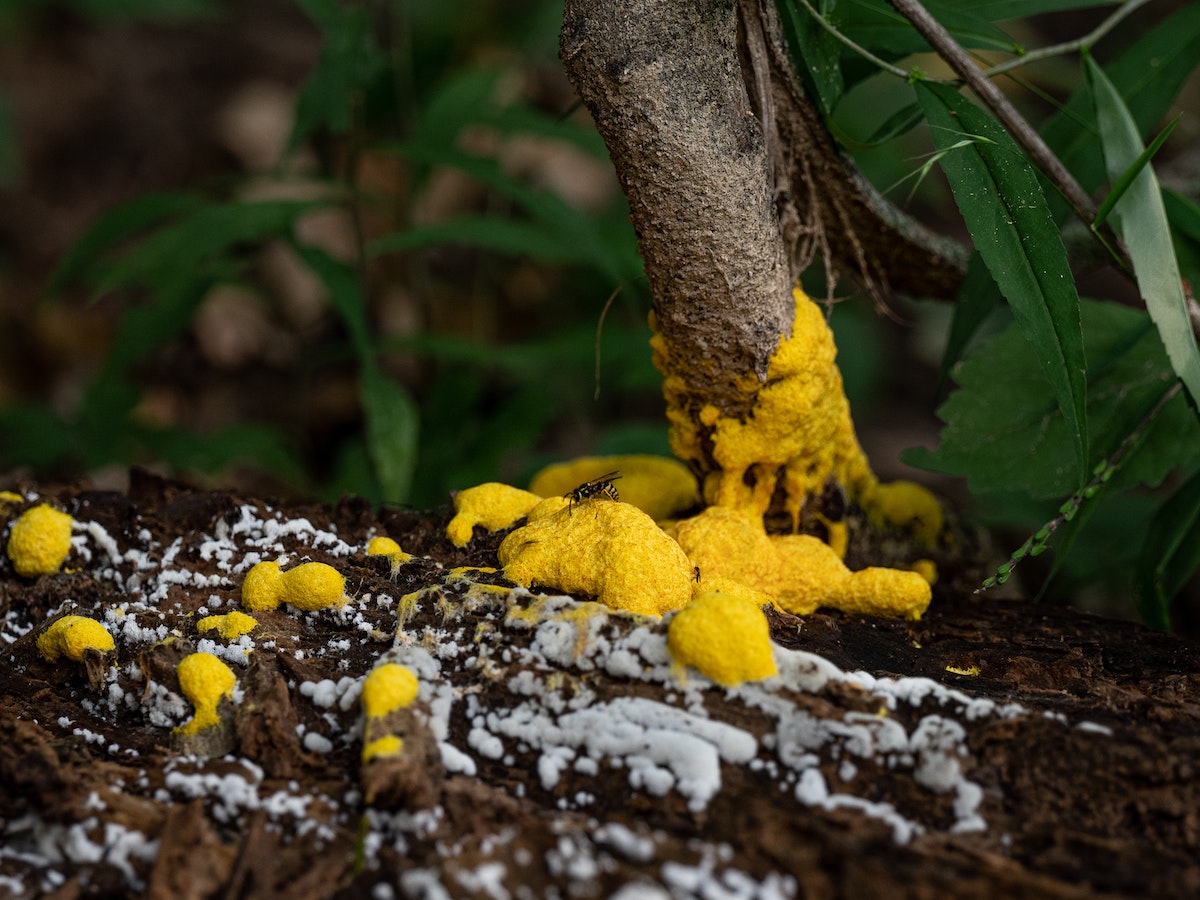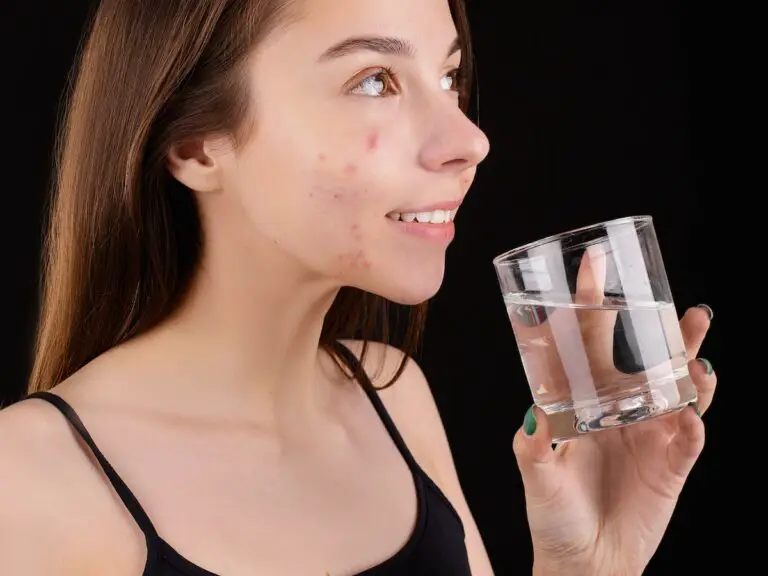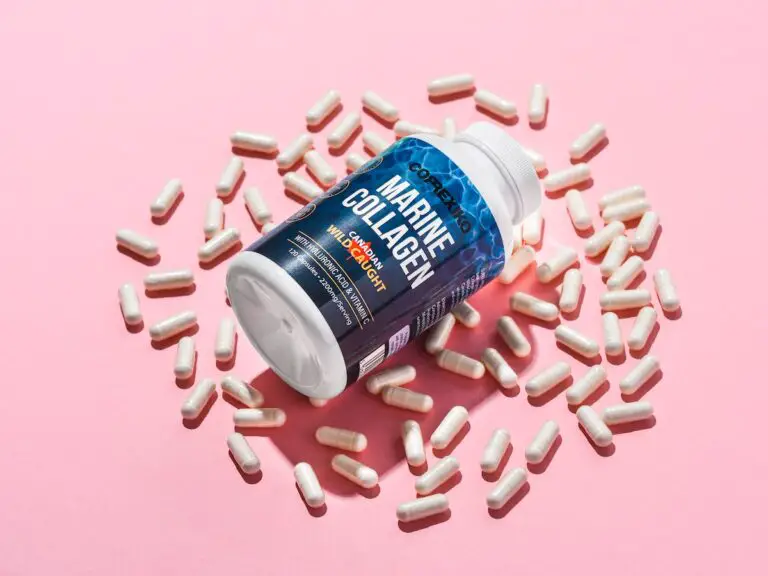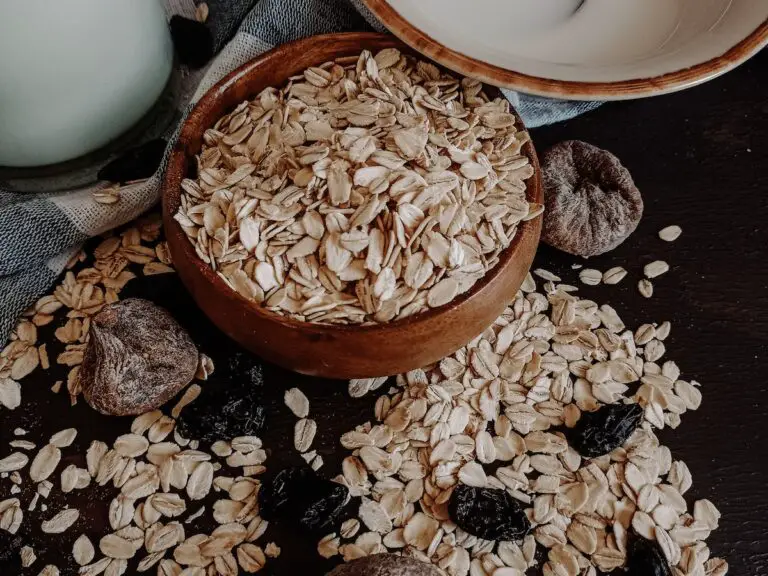Can Mold Really Cause Acne? What Experts Say
Are you sick of trying to get rid of pimples and looking for answers? Don’t look any further; we’ll explain the strange link between mold and acne. Most of the time, hormonal changes or bad skincare habits are blamed for acne.
However, there may be an unexpected cause hiding in the shadows.
Mold is a quiet invader that often grows in damp places that don’t have enough airflow. It might be doing more damage than you think. In this piece, we’ll look at the scientific evidence behind the hidden connection between mold and acne. We will bring you the latest study and expert advice on everything from how mold spores affect the skin to how they might cause allergic reactions.
Join us on this trip as we discover the truth about mold and how it causes acne, whether you are interested in skincare or want to know more. Stop letting mold ruin your skin; it’s time to get to the root of the problem and take charge of your face.
Table of Contents
Understanding the Link between Mold Exposure and Skin Issues
Mold is a type of fungus that grows best in damp places. It can be found both inside and outside. Most people think mold affects the lungs, but new studies have shown that mold exposure may be linked to skin problems like acne. The link between mold and acne comes from the toxins that some kinds of mold make, which can hurt the skin.
When mold spores touch the skin, they can cause an inflammatory reaction, leading to acne. This is because the toxins that mold gives off can throw off the delicate balance of oil production in the skin, plugging pores and making it easy for bacteria to grow. Mold spores can also cause allergy reactions in some people, worsening skin problems.
How Mold Affects the Skin
Before understanding how mold affects the face, you need to know how acne forms. Acne happens when dead skin cells, oil, and bacteria get stuck in the hair shafts, making it hard for hair to grow. Comedones, also called blackheads and whiteheads, form when pores get clogged. When these comedones get irritated, they can cause pimples, cysts, or lumps to form.
Mold can help this process in more than one way. First, the toxins that mold gives off can stop the sebaceous glands from making sebum, which is the natural oil of the face, as they should. When sebum production is messed up, the skin can make too much oil, which can clog pores and make a good place for bacteria to grow. Second, mold spores can trigger an allergic response in some people. This can lead to inflammation, which can make acne worse.

Research and Studies on Mold-Induced Acne
Even though the connection between mold and acne is still fairly new, several studies have shed light on this interesting link. Dermatologists and environmental scientists have done research that supports the idea that being around mold can make acne worse.
A study released in the Journal of Investigative Dermatology found that some types of mold toxins can make the skin make more sebum. When your body makes too much oil, it can cause comedones and acne. Another study released in the International Journal of Dermatology found that people with acne were more likely to live in homes with mold than in homes without mold.
Even though more research is needed to fully understand how mold can cause acne, these studies give us important information about the possible link between mold exposure and skin problems.
Common Symptoms of Mold-related Acne
Mold-related acne can be hard to spot because its signs are often the same as those of other types of acne. But some regular signs could point to a mold problem.
One sign that acne is caused by mold is that it keeps coming back even if you take good care of your skin. If you have acne that doesn’t get better with topical treatments and good hygiene, you might want to think about mold as a possible reason. Also, if you notice that your acne gets worse in places like damp rooms, this could be a sign that mold is causing your acne.
Mold-related acne can also cause the skin to become redder and more inflamed, itchy, and have small bumps on it. If you have any of these signs and acne, you should see a dermatologist for a correct diagnosis.
Identifying Mold Sources in Your Environment
To get rid of acne caused by mold, you need to find and get rid of the mold sources in your surroundings. Mold grows well in places with high humidity and little air flow, so checking your living spaces carefully for signs of mold growth is important.
Start by looking in places like bathrooms, kitchens, and basements that tend to get wet. Look for black or green spots on the walls, ceiling, or other surfaces that could be mold. Also, pay attention to musty smells, which can be a sign of mold that is hiding.
If you think you have mold but can’t find where it’s coming from, you may need to hire a professional mold inspector to do a full check of your home. They will be able to find mold sources that are hidden or hard to get to and suggest the best way to get rid of them.
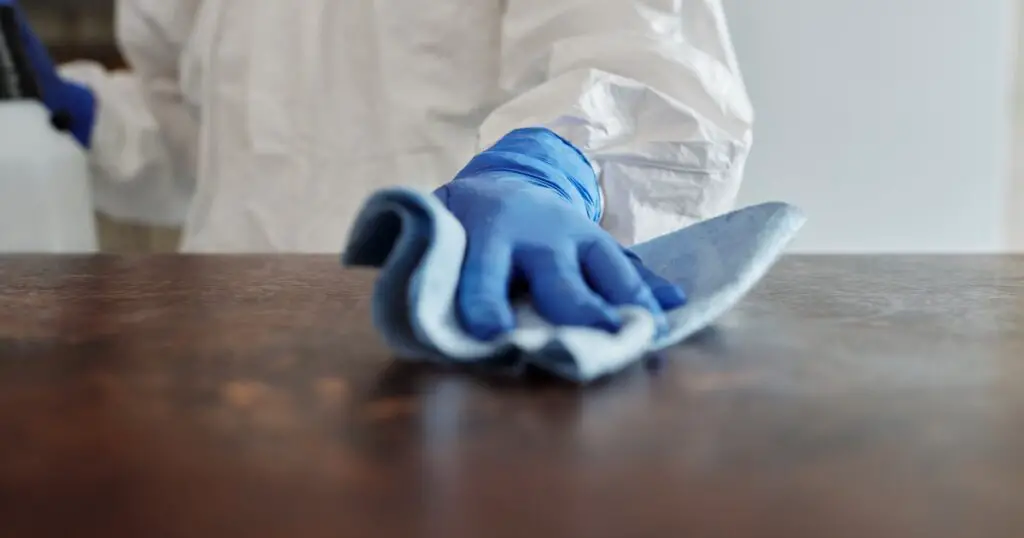
Steps to Prevent Mold Exposure and Acne Breakouts
Keeping away from mold is the best way to keep acne from being caused by mold. Here are some things you can do to ensure mold doesn’t grow.
Make sure there is enough ventilation: open windows, use exhaust fans, and put in dehumidifiers to reduce the amount of moisture in your living areas.
Take care of leaks right away: Any signs of water damage or leaks should be fixed immediately to stop mold from growing.
Control the level of humidity: To stop mold from growing inside, keep the humidity level between 30 and 50%. If you need to, use air coolers or dehumidifiers.
Clean and dry the affected areas: If you find mold in your home, use a mix of water and soap to clean the affected areas. After that, make sure the area is completely dry.
Use goods that are resistant to mold: When building or remodeling, choose mold-resistant materials like drywall or paints that are made to stop mold from growing.
Clean and maintain your home often: Dust, vacuum, and clean your living areas often to keep dust and mold spores from building up.
By taking these precautions, you can reduce the chance of getting acne from mold and make your home a healthy place to live.
Treating Mold-Induced Acne
If you think mold exposure caused or made your acne worse, dealing with both the mold and the acne is important. Here are some things you can do to treat acne caused by mold.
Consult a dermatologist: A doctor can help you determine if your acne is caused by mold and tell you how to treat it. Depending on how bad your acne is, they may suggest topical medicines, antibiotics you take by mouth, or other acne treatments.
Get rid of mold sources: Once you’ve found mold sources in your surroundings, take steps to eliminate them. This could mean getting a professional to get rid of the mold and taking steps to stop it from coming back.
Use good skin care habits: No matter what causes your acne, keeping a regular skin care practice is important. Clean your face twice daily with a soft cleanser, avoid harsh or abrasive products, and moisturize often.
Change your diet: Some studies show that foods, like those high in sugar and processed carbs, can worsen acne. For healthy skin, try to eat a balanced diet with lots of fruits, veggies, and whole grains.
Find healthy ways to deal with stress: Stress can worsen acne, so exercising, meditation, or therapy can benefit your facial health.
Remember that treating acne caused by mold takes a multi-pronged approach that looks at your condition’s outside and inside causes. You can effectively handle and lessen the effects of mold on your skin by getting advice from a professional and making changes to how you live.
Seeking Professional Help for Mold and Acne
If you have mold-related acne or think mold might be in your home, it is best to talk to an expert. A dermatologist can fully assess your face and suggest the best ways to treat it. A mold inspector can also look at your living areas and advise you on how to get rid of mold.
Professional help is especially important if you already have health problems or allergies that mold could make worse. By working with experts in the field, you can learn more about your mold problems and get answers that are made just for you.
Conclusion
Even though mold-related acne may not be a common problem, there is more and more proof that mold exposure can cause skin problems. By learning how mold spores affect the face and taking steps to stop mold growth, you can greatly reduce the chances of getting acne from mold. You need to see a dermatologist for a correct evaluation and a treatment plan that fits your needs. With the help of a professional and well-rounded plan, you can take charge of your skin health and get rid of acne caused by mold. Don’t forget that your skin needs the best care, so don’t let mold continue to hurt it. Find the secret cause and get your clear, glowing skin back today.
FAQs
Malassezia folliculitis, another name for fungal acne, is a skin disease caused by an overgrowth of yeast. It looks like small, itching bumps resembling acne and could be mistaken for real acne. Fungus acne differs from normal acne because it is caused by a fungus infection instead of too much oil or bacteria. A dermatologist must diagnose and treat fungal acne correctly to manage it well.
There is no special test for mold exposure in the blood. But blood tests can be done to look for IgE and IgG antibodies, often found in people with mold allergies. These tests can help determine if someone has been around mold and has become allergic to it. But the presence of mold antibodies in the blood does not necessarily mean that the person is exposed to mold or is still exposed to mold. You may need other diagnostic methods to prove mold exposure, such as testing the environment and a clinical evaluation.
Yes, molds can cause allergic responses, like hives, in people who are sensitive to them. Mold spores in the air can be breathed in or come in touch with the skin, causing the immune system to react and histamine to be released, which can cause hives. People who are allergic to mold may get hives and other signs such as itching, redness, and swelling. It is important to find and fix the mold problem at its source to stop more allergic responses. Talking to a healthcare expert for the correct diagnosis and treatment is best.
There is a chance that mold in the shower could cause acne. Mold growth in the shower can make it damp and humid, which makes it easier for germs to grow on the skin. These germs can make pores clog up and make acne worse. To reduce the risk of acne breakouts caused by shower mold, it is important to maintain cleanliness, clean and dry the shower area often, and deal with mold problems.
Possible causes of folliculitis include being exposed to mold. Mold in the air can cause irritation and redness of the skin, which can lead to folliculitis. To lower the risk of folliculitis linked to mold exposure, it is important to take care of any mold problems and keep the area clean and dry. It is best to talk to a healthcare expert for an accurate diagnosis and treatment.
Disclaimer: This article is for educational purposes only, and does not substitute any medical advice. Always consult a qualified healthcare professional for personalized advice before trying new treatments or medications.

General Physician
Senior Medical Writer
